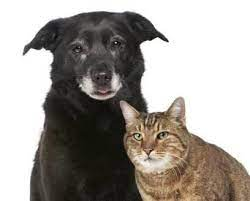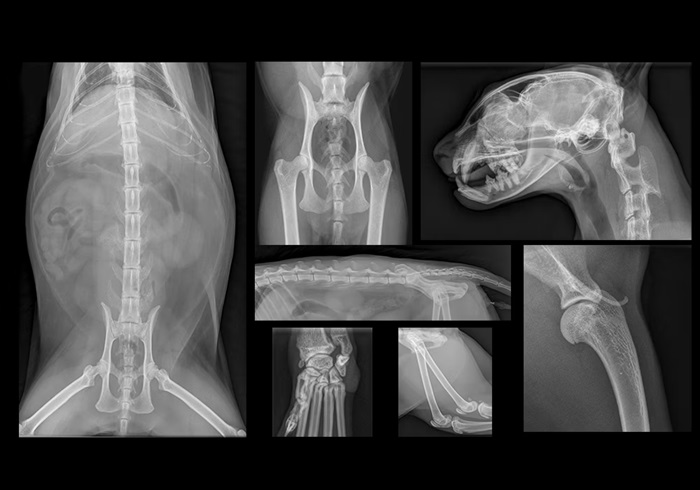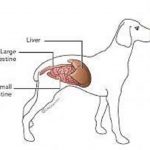Just like people, advances in medicine mean our canine and feline companions are living longer than ever before. As they age, different issues may arise.

Being one step ahead of you pet’s illness can help catch things early, slow down disease progression and ensure your companion animal lives a comfortable and happy life.
Common age-related illnesses:
- Osteoarthritis – cats and dogs (often overlooked in cats)
- Diabetes Mellites – Older, heavier cats
- Hyperthyroidism – (typically cats)
- Heart disease (cats and dogs)
- Cushing’s Disease (usually dogs)
- Internal cancer – of the intestines, spleen, liver, bone, blood and lymph (both older cats and dogs)
- Kidney Failure (more common in cats)
- Tumors benign and malignant – older companion animals (cats and dogs)
- Liver diseases – hepatitis including copper storage and immune-mediated hepatitis (dogs more often) bacterial, fatty liver (cats more often) gallbladder and liver inflammation and infection (cats and dogs)
- Dental and periodontal disease (cats and dogs)
- Cataracts (dogs more often)
- Ocular diseases
- And much more…
We have the benefit of being able to speak to our doctors, friends and family. Our companion animals can’t talk, so symptoms can include decreased energy, decreased mobility, weight loss, fur loss, panting, not eating, not wanting to run or jump, increased urination and drinking and more.
One thing we recommend on our older patients, which usually (depending on breed, size, etc.) is at 8 years onward, is annual lab work to look for things like diabetes, issues with the kidneys, liver changes, increased thyroid levels (for cats). But we can go one step further and do imaging of the chest and abdomen to look for other developing issues – tumors, heart and lung issues, arthritis of the spine, hips and shoulders and more.

These pre-emptive screening tests can help us pick up problems before they turn into significant health issues or worse, an un-planned emergency.
Talk to you veterinarian about what he or she thinks is recommended in your senior or maturing companion animal so that you always stay a step head!


